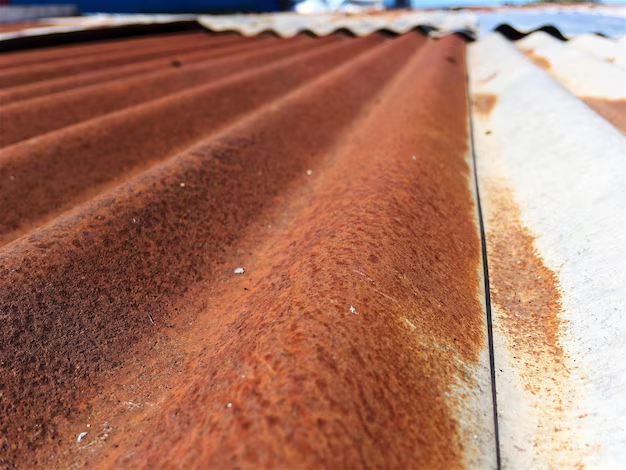Uncovering Hidden Roof Leaks: What Every Homeowner Should Know
Roof leaks are a homeowner's unwelcome surprise, often revealing their presence only after causing significant damage. Learning how to detect and address roof leaks early can save you time, money, and the hassle of extensive repairs. Whether you’re a DIY enthusiast or just someone looking to protect your investment, this guide will lead you through identifying common signs of roof leaks and offer insights into subsequent steps, including financial support resources that can aid in repair costs.
Identifying the Signs of a Roof Leak
Leaving a roof leak unattended can result in damage ranging from cosmetic to structural. Recognizing the signs early can prevent potential disaster:
Water Stains on Ceilings and Walls: A discolored patch, often brownish in color, is a classic indicator of a leak. These stains usually spread out in odd shapes and sizes.
Mold or Mildew Growth: Damp conditions in your attic or upper walls can lead to mold and mildew, posing both health risks and a hint of underlying water intrusion.
Dripping Water: An obvious sign but one that must not be ignored. A drip may become a deluge if not promptly addressed.
A Musty Odor: Persistently damp areas often emit a musty odor, indicating long-term leaks or pooling water within your roofing structure.
Damaged or Missing Shingles: Inspecting your roof visually for damaged, lifted, or missing shingles can often reveal the root cause of leaks before interior damage occurs.
Steps to Investigate a Roof Leak
After spotting potential warning signs, it's vital to confirm their source and severity to decide next steps:
Check the Attic: Look for drips or signs of water. Pay special attention to roof vents, chimneys, and any protrusion through the roof, which are common leak points.
Trace the Water Stain: Search for the highest point of the damp area to locate the entry point of the leak.
Examine Flashing and Gutter Systems: Ensure that flashings, especially around skylights and chimneys, are intact, and gutters are free of debris to prevent overflow.
When to Call a Professional
While some minor fixes can be a DIY project, large or persistent issues may require professional assistance to prevent further damage. A licensed roofer can provide expert advice and detailed repairs, ensuring that your home remains protected.
Financial Assistance and Repair Support
Roof repairs can be expensive, but several resources can offer relief if costs become unbearable. Explore options for financial support to alleviate the burden:
Government Home Repair Assistance Programs: Your local government might offer grants or low-interest loans for essential home repairs, including roofing.
Homeowners Insurance Claims: Check your policy to see if the damage is covered. Document all repairs and communication meticulously for a smoother claim process.
Nonprofit Housing Aid: Various nonprofit organizations provide assistance to homeowners in need, especially for critical repairs that impact living conditions.
Taking Control of Repairs through Financial Tools
For homeowners ready to dive into roof repairs but facing financial constraints, a variety of financial tools can help bridge the gap:
📝 Personal Loans: Some banks offer tailored loans with flexible repayment options suitable for home repairs.
💳 Credit Solutions: For minor repairs, using a credit card with a favorable interest rate could provide the necessary advance.
🛠️ Community Improvement Grants: Check for local community grants that incentivize repair and renovation, often focused on energy efficiency improvements.
By combining practical inspection steps with strategic financial management and assistance, you can tackle roof leaks head-on, safeguarding your home and peace of mind.
